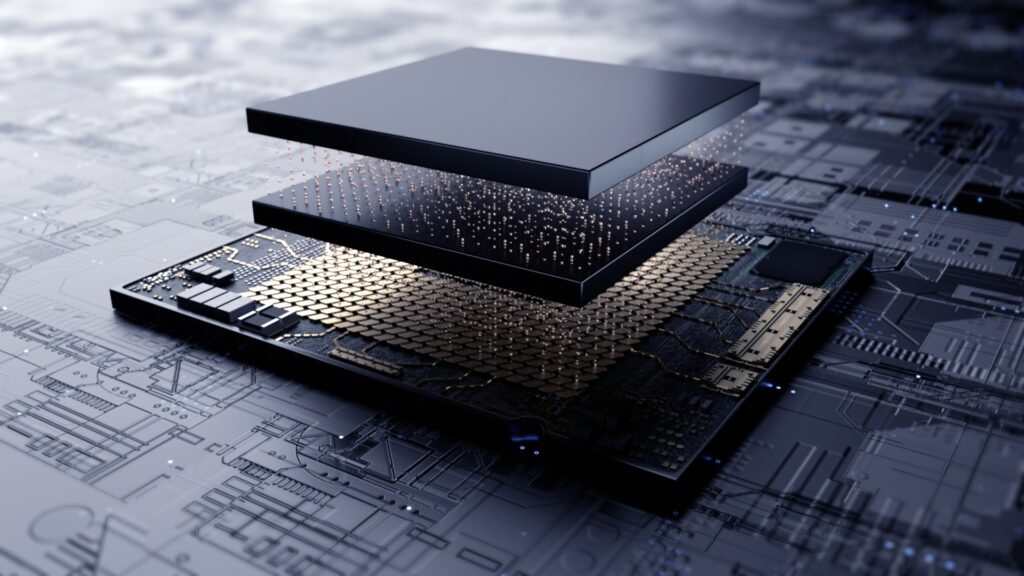Samsung Aiming at GDP Growth Strategy Amid Shift in Semiconductor Demand

According to a recent Samsung Investor board meeting report, the corporation is aiming for a “GDP growth strategy”. In a report published by Financial News Korea, Jung Ki-bong, Head of Foundry Division, Samsung Electronics wants to aim at GDP growth and thinks that is one competitive edge that Samsung has.
The term “GDP Growth Strategy” covers the company’s aim at developing a Next-Gen Transistor Structure ‘Gate-All-Around (GAA)‘ and High Bandwith Memory such as DRAM. Samsung’s Foundry Department is looking forward to diversifying its sales into the AI and Semiconductor market. It currently earns 50% of its revenue from the mobile section and wants that to change.
The company is also looking forward to the automotive market and according to the report, One official stated that “Hyperscalers, automotive OEMs, Tesla, and other customers have come to us wanting chips of their design“
“Our mission is to make semiconductors, including foundries and memory, bring imagination to life,” he said, adding that some of our customers will be selling 4-nanometer AI accelerators in development, and an electric vehicle company, the No. 1 automaker, is developing the next version of a fully autonomous driving chiplet at 5-nanometer.”
FN Korea, Translated Through Google from Korean

Samsung’s Next Major Goal
The sales restructuring industry claims that high-performance computing (HPC) is Samsung Electronics’ primary target market.
The third quarter saw more bad performance from Samsung Electronics’ foundry division as a result of line expansion’s effects and short-term demand unpredictability, which led to a reduction in operating rate.
Despite high-performance computing (HPC) accounting for a negligible share of sales, the company reported a record-breaking number of new orders for the quarter. This is a direct outcome of the huge demand for artificial intelligence semiconductors.
It is believed that mobile accounts for 54% of Samsung’s total sales this year, followed by HPC at 19% and automotive at 11%. The high-performance computing (HPC) industry, on the other hand, is Samsung Electronics’ primary focus because of its expected future growth.
30% equivalent to, $40 billion, of the foundry sector’s $134 billion in sales last year came from high-performance computing, according to the industry.

More than twice the mobile industry’s predicted Compound Annual Growth Rate (CAGR) of 6%, the HPC market is projected to see revenue grow at a CAGR of 12% through 2028. Nearly half, or 42%, of the total foundry revenue of $187 billion is anticipated to come from HPC.
During the same period, Samsung Electronics’ foundry business revenue is expected to fall to 33% for mobile, but HPC being at 32%. The automotive industry is also projected to have a 14% increase in sales by the year 2028.
The market is changing more quickly than anticipated, and since Samsung has a sizable portion of the market, adapting to this change appears to be essential. The focus is always on meeting customer demand and this is exactly what’s happening.
Source: Financial Times Korea





